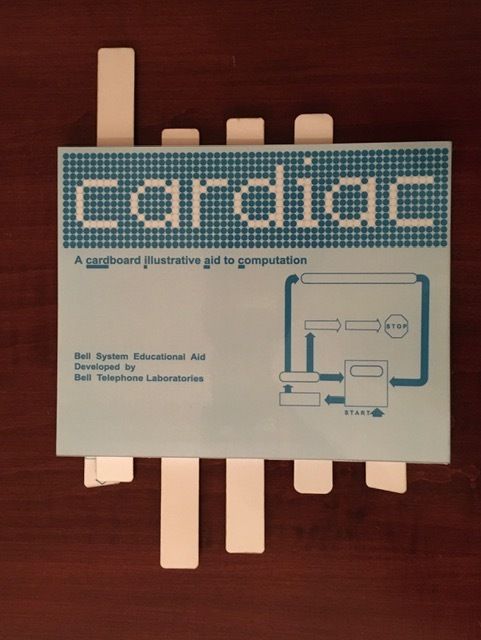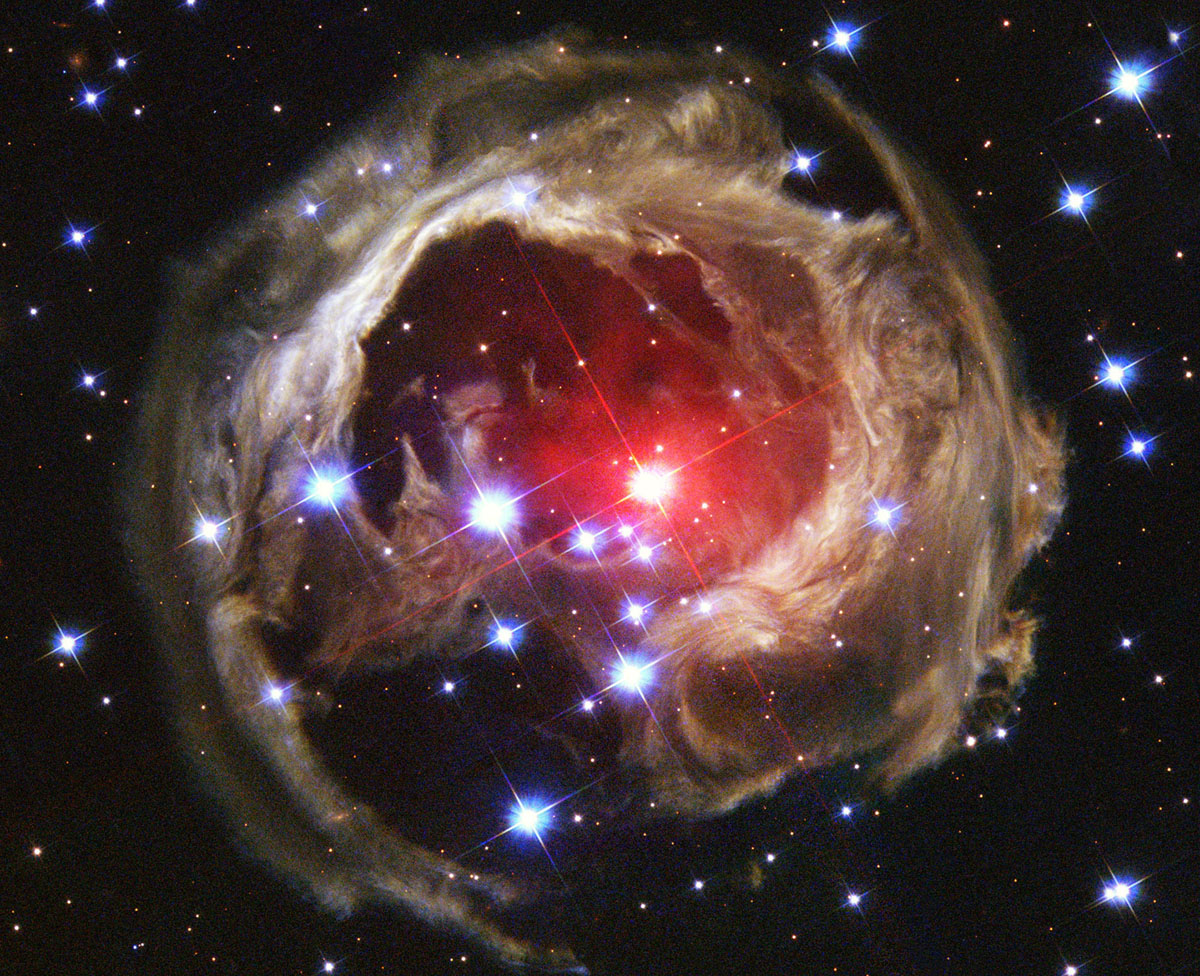- The Mandalorian turned out to be quite watchable, if not quite up to the quality level of the other shows discussed here. It's obvious Disney put a lot of money into the first live action Star Wars show; the sets and effects were first rate. They turned down the cuteness, concentrating it in one character, Baby Yoda, who will not doubt sell enough merchandise to cover the show's budget. I liked it more than any of the movies, but it's still just warmed over 1930s space opera.
- His Dark Materials is a BBC/HBO co-production based on a trilogy of novels by Philip Pullman. There was a movie adaptation a few years ago that failed at the box office; this show is much, much better. I wasn't sure I was going to enjoy a fantasy with a young girl as the lead, but enjoy it I did. Pullman's complex world is perfectly realized and the longer format gives room to explore some of the darker aspects of the books.
- For All Mankind has a simple premise, the Soviet Union beats the US to the moon. They then rub salt in the wound by landing a woman astronaut. This prompts the beginning of a new space race, with women having prominent roles. The alternate history elements are subtly developed and the technical aspects of space flight are faithfully rendered. I suspect that some male viewers are going to have trouble with the emphasis given to the stories of the female characters, as it's not common in SF&F TV shows. But it works and adds a lot of depth to the show. I am looking forward to the next season, especially after they ended the first season with Sea Dragon launch!
- Watchmen turned out to be not at all what I expected and was much better. The original graphic novel is a classic and one of the major literary works of the last part of the 20th century. Wisely, the creators of the TV series decided not to do a straight reboot, but instead created a somewhat indirect sequel to the book. It took some getting into but turned out to be an original and powerful series.
- I'll say it right up front. The Expanse is the best science fiction television series ever. It's based on the best selling series of novels and novellas by James S. A. Corey (the pseudonym of Daniel Abraham and Ty Franks). The fourth season takes the series up the end of the fourth novel, although it incorporates elements from some of the novellas and later books. It's initially set in the a politically complex and tense solar system with well-developed and divergent societies on the Earth, Mars, the asteroid belt, and the moons of the outer planets. The science is believable, they don't ignore physical realities, and the characters are people you care about. Kudos to Amazon for taking up the series after SyFy cancelled it and keeping up the quality.
An honourable mention goes to Carnival Row, which we watched earlier in the year. It took a while to get into it but I'm looking forward to the next season. I would have included the fourth and final season of The Man in the High Castle with the five shows above, but we didn't get around to watching it before the end of the year. It's next on our list.







